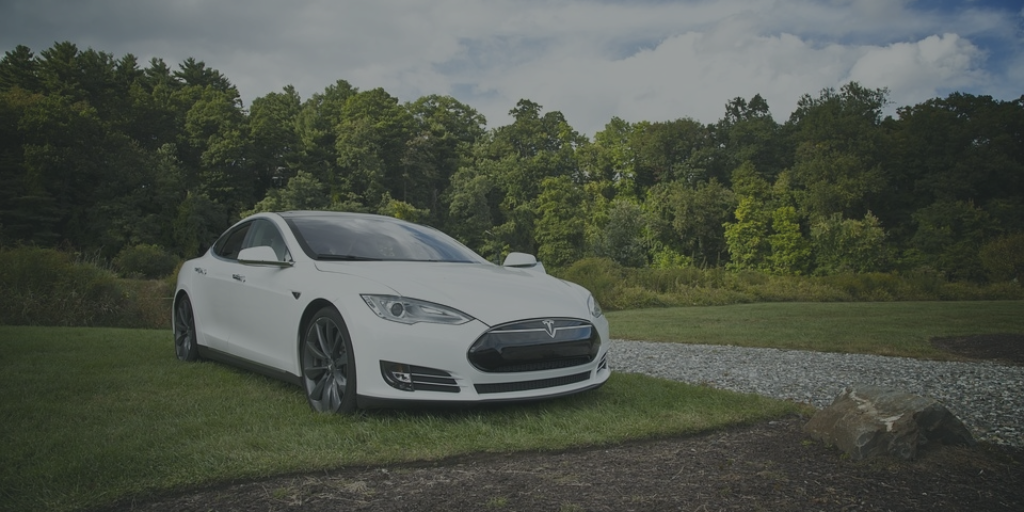McKinsey, a Fortune 500 consultancy company, recently published an optimistic article about connected car technology. Although, in the past, science fiction was just considered as an interesting genre of fiction writing, nevertheless, recent inventions prove that technology geeks do take science fiction seriously. For instance, connected car technology was originally considered as just another wonder of science fiction, but currently, this field is receiving huge attention and new breakthroughs are helping to make this science fiction stuff a reality. In the same McKinsey article, they categorically mentioned that this connected car technology could become an industry standard as early as 2020.
Although much hype surrounds this technology, some scholars are not so optimistic about such early commercialization. These critics say that this technology might take longer than originally thought to become an industry standard. Whether optimistic or pessimistic about the adoption of this technology, there is a consensus that connected car technology is the next big thing to happen in the auto industry.
The specific features that make this technology unique are that the cars will be equipped with sophisticated sensors that would feed on the driver’s behavior and vehicle data to make smart decisions regarding driving and will make driving safe. This technology will meet customer demand for security, safety, and convenience factors by providing support to a host of new applications that will provide a unique perspective to driving
Currently, there are four areas where extensive research has already been conducted to make the connected car a reality. These areas include the following
- gamification software for improving a person’s driving skills,
- smart-parking applications, and technology,
- safety features such as communication of crash data for medical assistance and
- remote vehicle diagnostics based on aggregated data.
Specifically, gamification software is the center of attention, and many experts agree that this gamification technology could be the new standard in the auto industry by 2020. For instance, in a recently published by an automotive consultancy company “Secured by design”, the gamification software is described as the new industry standard that all automotive companies would include by 2020.
As with the growing popularity of connected-car technology, auto insurance companies have also entered the market and are launching new products and are coming up with a new business model that will help them to capture the new market. For instance, Progressive, an insurance company, has already launched a program that is designed to track user driving behavior and then present them a discounted policy based on their driving habits, they are sure that the connected car technology would help their product to improve and they would be able to serve the customers in a better way.
So what is gamification technology all about? And how does it work? As I have explained in detail about the hype related to this technology; you would be excited to know more about it. Gamification is all about the security and safety of the driver. A typical safety app would continuously monitor the driving performance and record any extraordinary event like harsh braking, acceleration, making sharp turns, and over speeding. This software records this data in the form of a scorecard that the driver could use as a tool to view their driving performance.
Specifically, businesses around the globe are eager to adopt their technology to record the driving performance of their employees. Although the employees might think that it is a little bit rude to record their driving performance through an app, it is for their safety and the safety of the general public.
As concluding remarks, I would say that gamification technology is a very important breakthrough in the automotive industry that is designed to provide a safe and secure driving experience. Given that, the benefits of this technology are huge; it is safe to say that this gamification technology would be the new standard by 2020.

